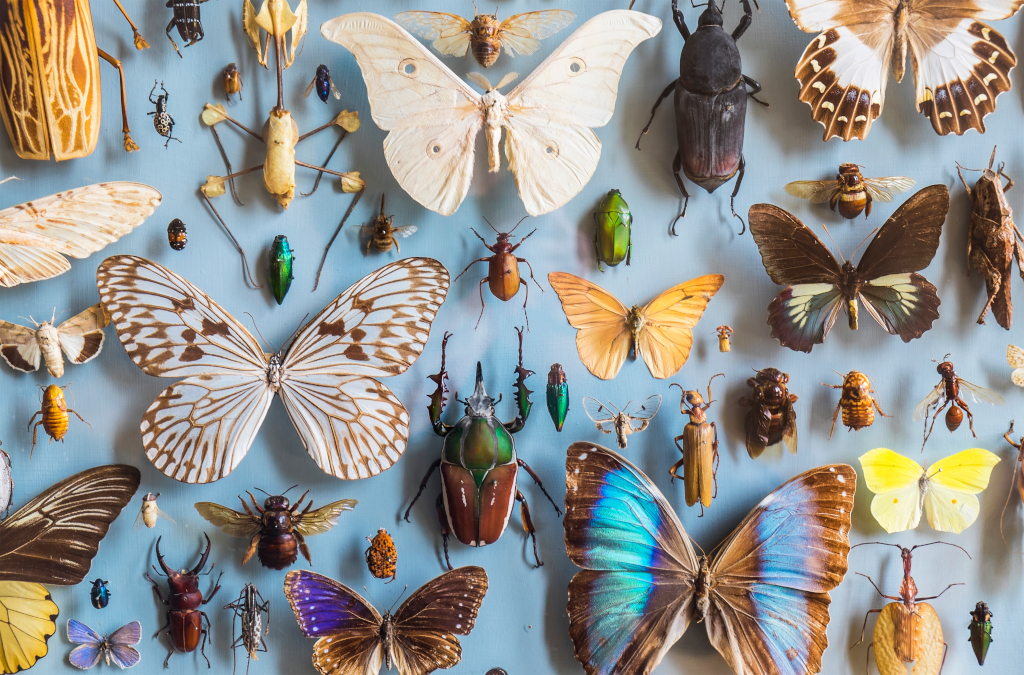Ever wondered how a tiny drop of insecticide takes down a buzzing housefly in mere seconds? You may have heard that insects don’t have a circulatory system like ours, so how does poison even spread inside their bodies?
Here’s the mind-blowing part: insects do have a circulatory system. Just not the kind you’re used to.
Wait — insects do have a circulatory system?
Yes, they do! But instead of a network of veins and arteries like in mammals, insects rely on something called an open circulatory system.
Here’s how it works:
- The insect’s blood (called hemolymph) isn’t confined to vessels.
- It sloshes freely around the organs inside a central cavity called the hemocoel.
- The dorsal vessel, essentially the insect’s “heart,” pumps the hemolymph from the back to the front of the body.
- This hemolymph bathes every organ directly — it doesn’t need tiny capillaries to carry nutrients or toxins.
This system may sound primitive, but here’s the twist—it’s incredibly efficient at spreading poisons.
A lightning-fast delivery system
Once a venom or insecticide enters the body through ingestion, a sting, or sometimes even by touching the skin, it quickly mixes with the hemolymph, which acts like an open highway to the entire body.
And that’s where it gets deadly.
Neurotoxic poisons (found in many insecticides) work by disrupting how the insect’s nerves communicate. Think of it like cutting the wires in a robot: legs twitch, wings freeze, and eventually, everything shuts down.
You’ve seen this in action (and probably didn’t know it)
In a 1957 lab experiment at the USDA, scientists tested aerosol-delivered pyrethroid insecticides on houseflies. Within 10 seconds of exposure, the flies would fall, twitching, and be unable to coordinate their movements. By 60 seconds, over 90% were dead. The open circulatory system had pulled the poison straight to the nervous system—no waste, no delay.
But wait — there’s another entry point
Some poisons don’t even need to be ingested. They can sneak in through the tracheae (tiny air tubes) or spiracles (breathing holes on the surface of the insect’s body). But even then, guess what transports the toxin once it’s inside? That’s right—hemolymph.
Real-world examples you’ve probably encountered
- Wasp venom: Delivered through a sting, it takes seconds to mix with hemolymph and spread paralysis-producing toxins in prey insects.
- Boric acid in ant baits: Once consumed, it spreads through the body cavity, shutting down vital organs slowly but effectively.
- Aedes mosquito trials (2021, India): Scientists tested a new contact toxin—rheumatoid paralysis set in within two minutes, confirming hemolymph-based distribution.
Nature’s ruthless efficiency
The open circulatory system might seem like a design flaw—organs floating in blood? But when it comes to distributing compounds (like oxygen, nutrients, or poison), it’s brutally effective.
So the next time you swat a mosquito mid-flight or wonder how a cockroach flips upside down after one mist, you’ll know—it wasn’t magic or overkill.
It was biology, optimized by evolution and exploited by science.
The takeaway
Insects may be tough survivors, but their circulatory system is also their weakness. Understanding this helps scientists design targeted poisons — and helps us, frankly, keep pests under control.
So the next time you see an insect freeze mid-crawl after a spray, remember: even without veins, poisons know exactly where to go.




Leave a Comment